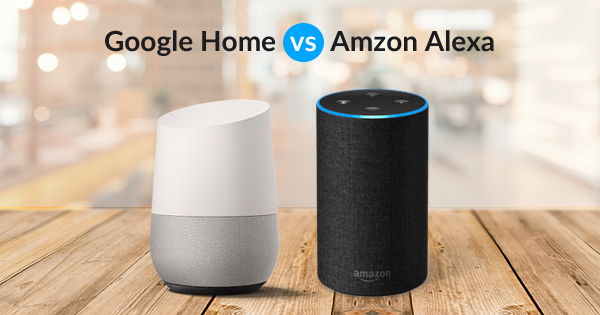Category: Digital Health
-
Remote Patient Monitoring for Post-Operative Care
Remote patient monitoring (RPM) is a form of healthcare delivery that enables healthcare providers to monitor their patients outside the traditional healthcare setting. RPM is a rapidly growing technology that has proven to be an effective method for managing postoperative care. It offers an innovative and cost-effective approach to improving patient outcomes, reducing hospital readmissions,…
-
Remote Patient Monitoring in Gastroenterology: Improving Care for Patients with Digestive Diseases
Remote patient monitoring (RPM) is a rapidly evolving field in healthcare that involves the use of digital technology to collect and transmit patient data from remote locations to healthcare providers. RPM has the potential to transform the way healthcare is delivered, particularly for patients with chronic diseases such as those with digestive diseases. Gastroenterology is…
-
Remote Patient Monitoring (RPM) in Wound Care: Opportunities and Evidence
Remote patient monitoring (RPM) is an innovative healthcare delivery system that utilizes technology to monitor patient health status remotely. The use of RPM in wound care has proven to be beneficial for both patients and healthcare providers. RPM in wound care is a way to provide ongoing assessment and management of wounds while enabling patients…
-
Remote Patient Monitoring (RPM) in Parkinson’s Disease
Remote patient monitoring (RPM) is a rapidly advancing technology in healthcare that enables medical professionals to monitor patients’ conditions remotely, collecting valuable health data using various digital tools. Parkinson’s disease (PD) is a chronic and progressive neurological condition that affects over ten million people globally. RPM has emerged as a promising tool to monitor and…
-
Remote Patient Monitoring for Congestive Heart Failure
Congestive heart failure (CHF) is a condition in which the heart is unable to pump blood effectively, leading to a buildup of fluid in the body. This can cause symptoms such as shortness of breath, fatigue, and swelling in the legs and ankles. While CHF can be managed with medication, lifestyle changes, and close monitoring,…
-

Patient Perspectives with RPM
Patient Experiences with Remote Patient Monitoring The typical patient journey is marked by disparate clinical visits wherein a snapshot of a patient’s condition is used by care teams to develop and manage a care plan. Patients receive, on average, 21.6 minutes of care per visit which is likely inadequate to offer robust, whole-person care. Depending…
-

US Population Demographics and Digital Health
The Smartphone and the Internet-Digital Health Enablers I grew up at the very tail end of the Millennial generation and the very beginning of Gen Z. Collectively, we are a strange group because we grew up in a very analog and non-digital world, but we fully witnessed the rapid transformation to digital. I witnessed the…
-

Voice Technology in Healthcare
I will admit that I am a big Alexa fan despite the recent privacy concerns — truly, Alexa makes my life easier. I use Alexa to help me with my schedule, to understand the weather outside before leaving the house, to walk me through recipes, and to play music on demand. Voice-technology has brought the…
-

Do consumer mental health apps work for depression, stress, and anxiety?
Direct-to-Consumer Mental Health Apps Do they really make you 28% less sad? Calmer? By: Robert Longyear TLDR: Yes, they work, but it’s more complicated than that. Back in May 2020, during the peak of Covid-19, I was reading pretty much every bit of clinical research published on the disease. Each day I would make the…